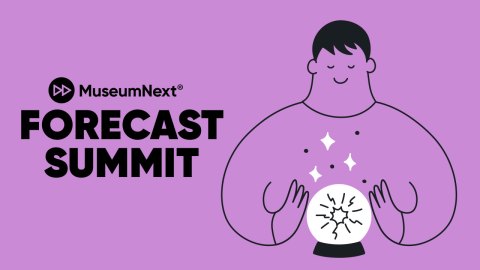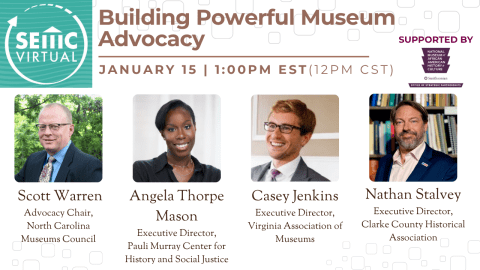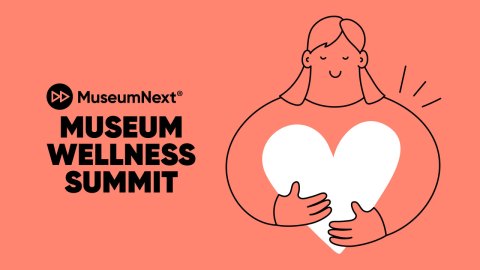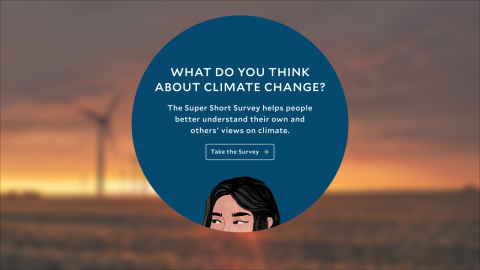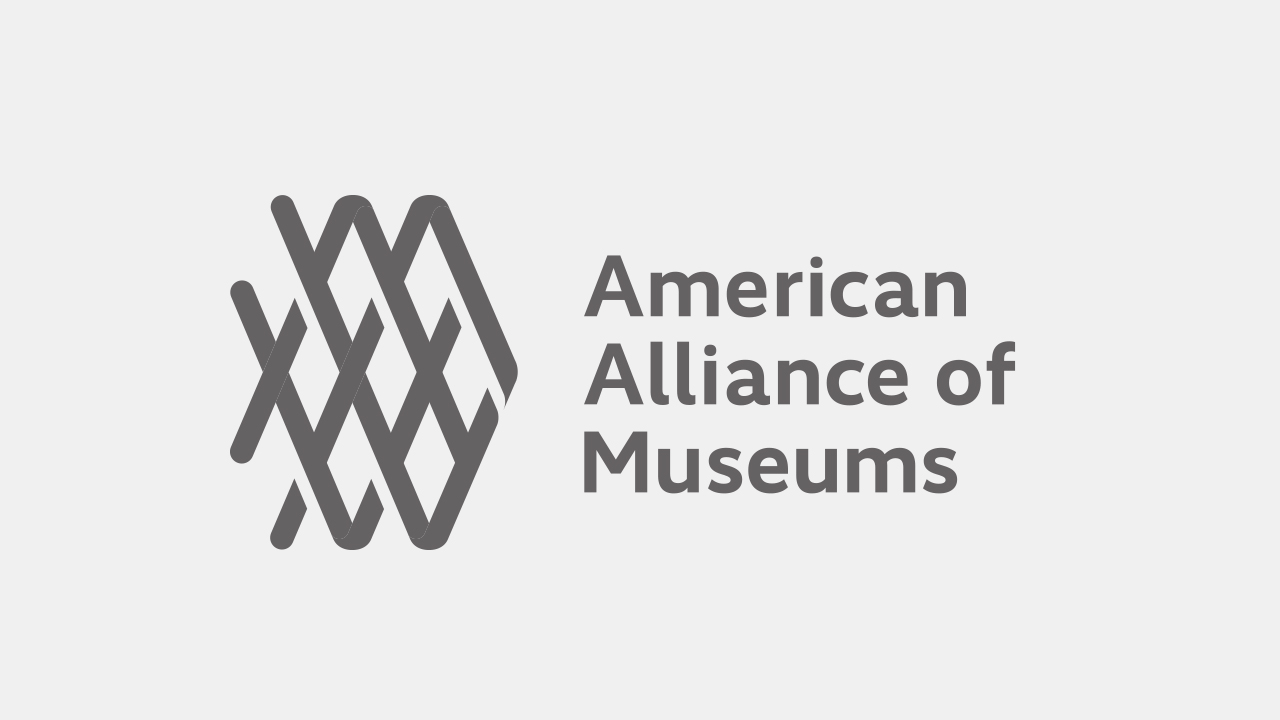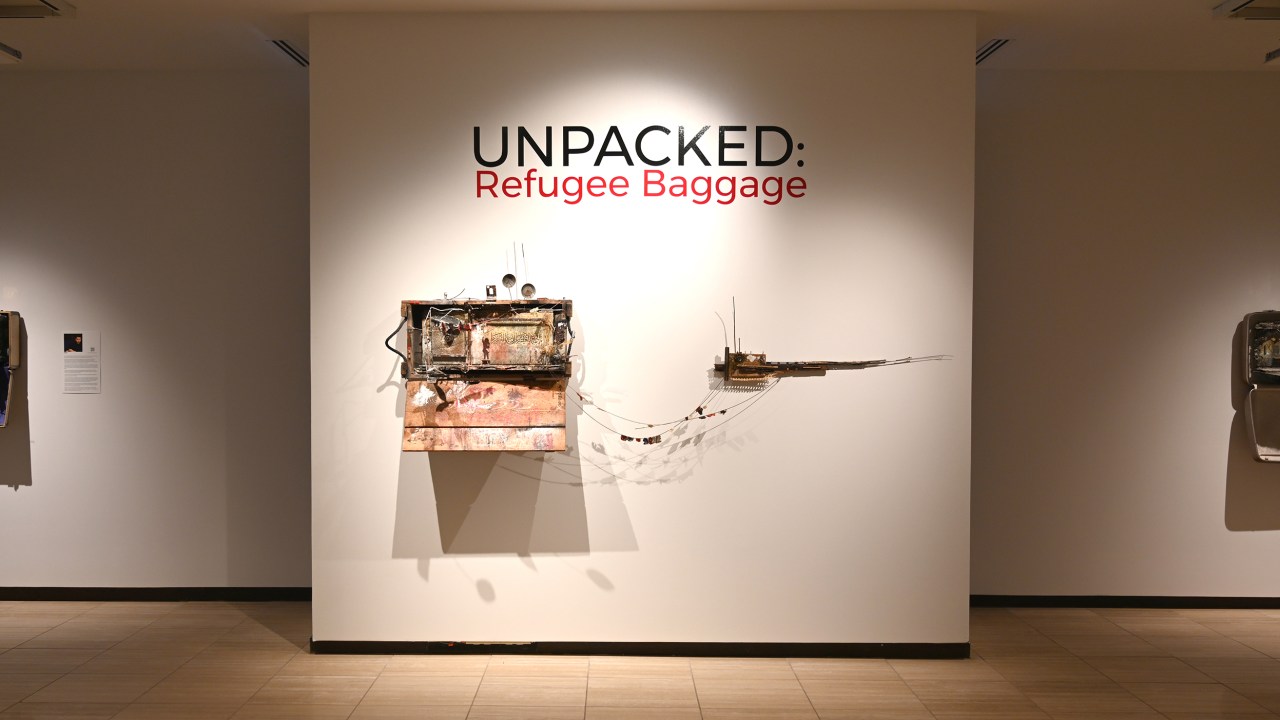
In 2017, I took a deep dive into empathy–exploring how museums can encourage visitors to understand and share the feelings of others. While it seems more important than ever to understand how others are feeling, I fear that empathy is no longer enough–we need to act on that understanding, in order to alleviate suffering and heal the world. That action transforms empathy to compassion. Today on the blog, curator Alex Gregory tells us how the Amarillo Museum of Art went about cultivating compassion through two recent exhibits.
–Elizabeth Merritt, VP Strategic Foresight and Founding Director, Center for the Future of Museums, American Alliance of Museums
A cascading series of traumas–the global pandemic response, the domestic turmoil around the murder of George Floyd, the contentious presidential election of 2020–have made it clear that compassion and kindness are in short supply and seemed to be declining. Anticipating that the election cycle of 2024 would be similarly divisive, my colleagues and I at the Amarillo Museum of Art scheduled two exhibitions designed to provide a space to reflect on ideas of kindness, caring, and the human condition. For the first, we reached out to the photographer and physician Jon Kolkin, who founded the Shades of Compassion Foundation with the mission to promote effective sustained engagement in acts of compassion. One initiative of the foundation was the traveling photography exhibition by the same name. The Shades of Compassion exhibition was developed in collaboration with the curatorial team at photokunst, the Centre for Contemplative Science and Compassion-Based Ethics at Emory University, the Centre for Compassion, Integrity and Secular Ethics at Life University, and senior educators from MoMA and the Minneapolis Institute of Art. This list of collaborators inspired confidence that the exhibition would be engaging and effective.
The photographs selected for the exhibition were organized into three thematic sections; Environment, Humanity, and Spirituality. The first photograph a visitor encounters is William Anders’ All of You on the Good Earth, Apollo 8, Rising Earth from the Moon, taken on December 24th, 1968. The image of the small blue dot poignantly places the viewer beyond imposed territorial boundaries and ideologies. The image is also only made possible by vast amounts of natural resources as well as human ingenuity and collaboration toward a common goal. Other images in the Environment section draw attention to the beneficial effects of collaborative action aligned with compassion for our planet. Multiple “pause stations” included throughout provided further context to images and topics, inviting visitors to consider the exhibition in more depth. The final component was an action station that asked visitors to write a compassion-focused intention or gratitude for non-material things. The museum provided duplicate notepads so that participants could leave their writing and retain a copy for themselves. We also provided a list of local organizations that visitors might support if they felt moved to compassionate action in our community. By the close of the exhibition, several hundred writings had been adhered to the wall.
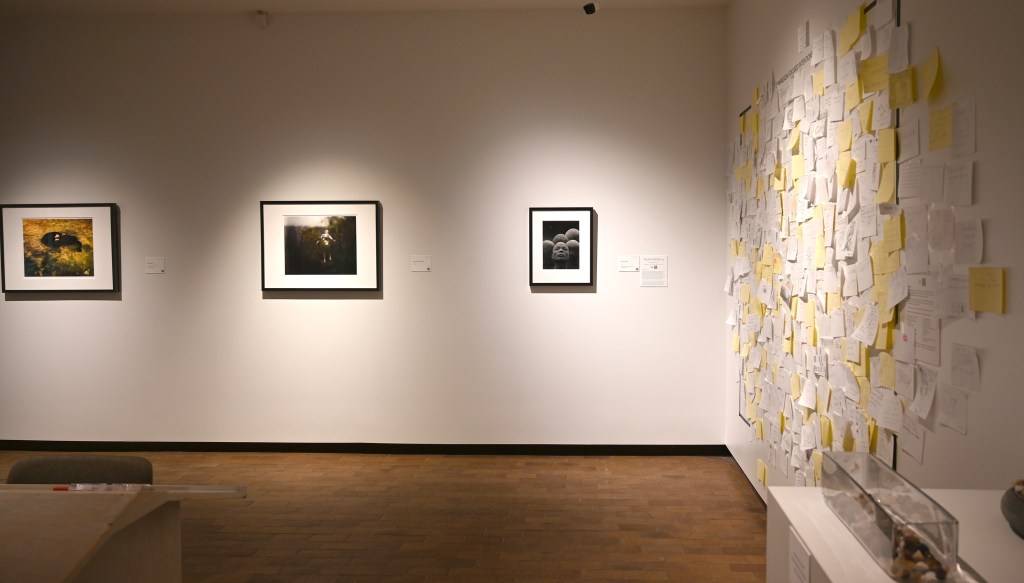
Concurrent with the Shades of Compassion exhibition, we also presented the exhibition Unpacked: Refugee Baggage, a sculptural exhibition by Syrian-born artist and architect Mohamad Hafez and Iraqi-born writer and storyteller Ahmed Badr. Mohamad sculpturally recreated the rooms, buildings, and environments of refugees who had fled the ravages of war in their home countries, within wall-mounted suitcases accompanied by stories from each of the individuals whose histories are represented. Ahmed captured the audio through interviews that were available via QR code and wall text. The exhibition’s intent is to humanize the term “refugee” by sharing stories of triumph and resilience over violence. The Covid-19 pandemic had disrupted our first conversations about hosting the exhibition, but the invasion of Ukraine in 2022, the atrocities of October 7, 2023, and the ensuing war between Israel and Hamas, brought a renewed urgency to the timing of the installation. Unfortunately, there seems to be no end to humanity’s propensity for state-sponsored violence. Until this is no longer the case, there will continue to be displaced people seeking safety.
As with Shades of Compassion, Unpacked also included a writing prompt. Visitors were asked to respond to the question, “If you had only 30 seconds before fleeing your home—what would you take with you?” Participants most often listed family, pets, and items imbued with personal and/or spiritual significance. It seems that regardless of age, gender, race, social class, religion, or political affiliation, humans share many of the same needs and values: a stable environment, each other, and our stories—personal, collective, and spiritual–are essential components of well-being.
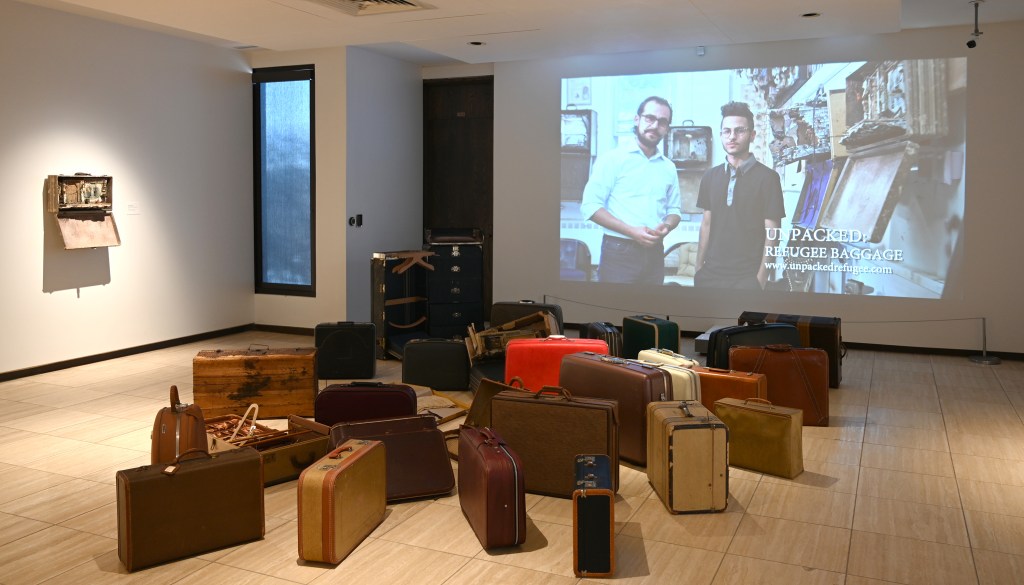
These two exhibitions reinforced ideas I try to keep top-of-mind in my personal practice. At some point, I realized that the word curate is rooted in care, so my primary concerns are for the artists, their art, the space and time provided for each, and the audience that experiences it. Another phrase that I reflect on regularly is “First, do no harm.” Although possibly originating with the Hippocratic Oath and the practice of medicine, I find that it applies directly to curatorial work. With these thoughts in mind, I’ve realized that my practice is often focused on reducing the number of obstacles between the messenger, the message, and the receiver. Providing the museum spaces for reflection on compassion, facilitated by the expertise of Jon Kolkin and his collaborators, meant that I could best practice being a conduit for the transmission of those ideas by trusting his methodology. Similarly, I trusted in Mohamad’s personal experience and work to move viewers to meaningful contemplation on the refugee experience. Bringing the two together was born from the hope that each exhibition would amplify the other to enrich visitors’ experience.
For the duration of both these exhibitions, visitors were invited to pause and reflect on compassion and its application before confronting the human consequences of war. I hope that each person left with the knowledge, desire, and wisdom to practice and promote compassion and peace during our brief time on this small blue dot.
